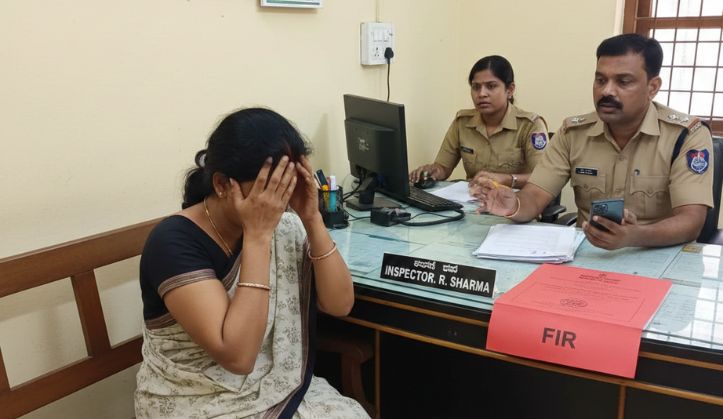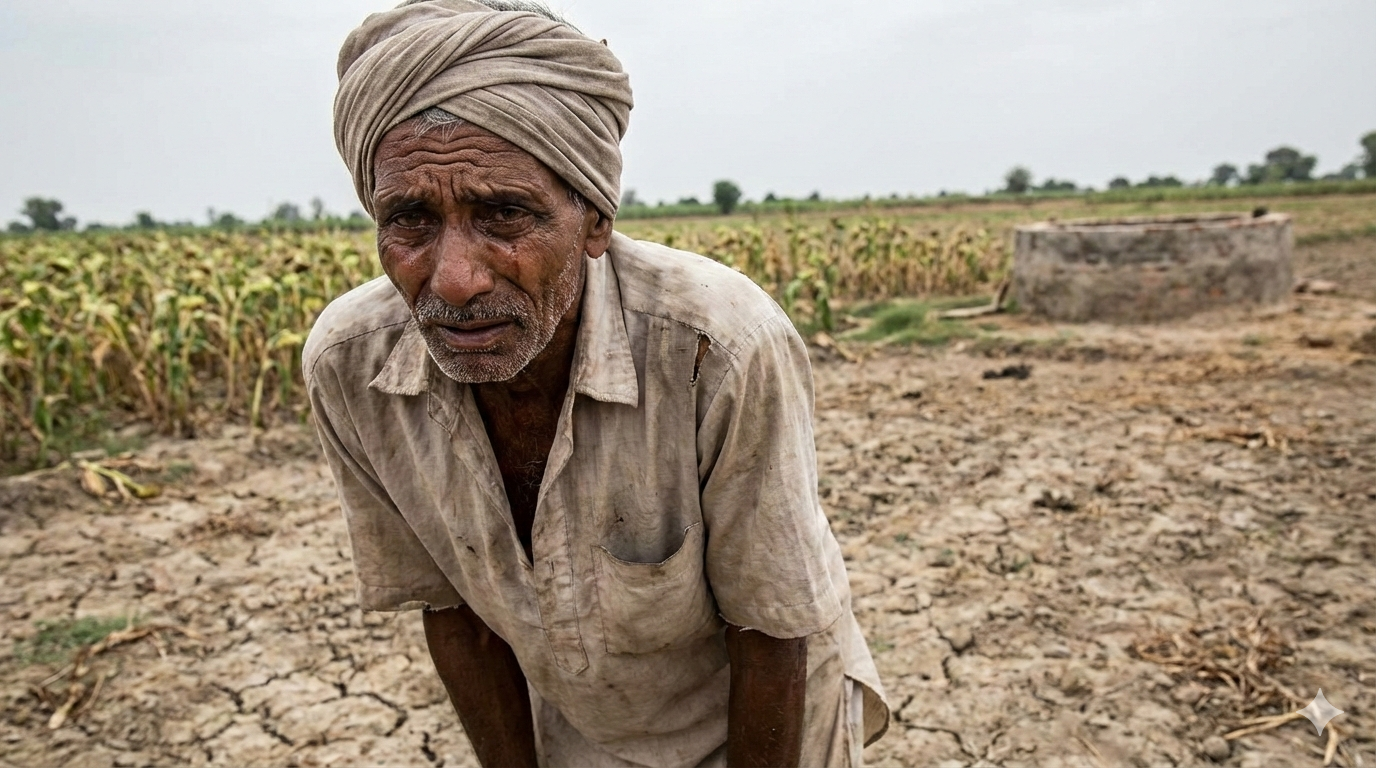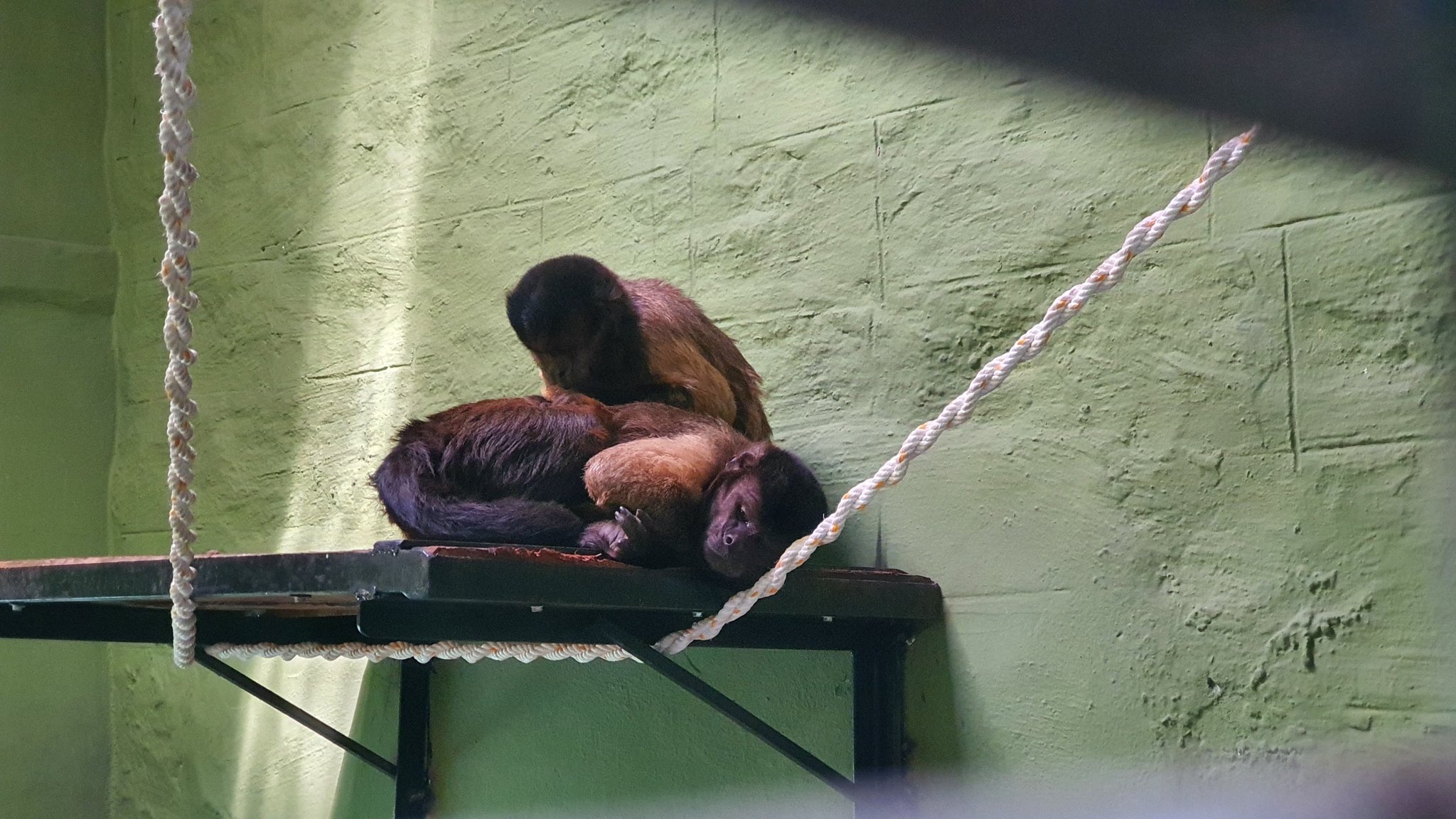Karnataka High Court orders state to share stampede report with KSCA, RCB, and DNA entertainment
Karnataka HC ordered the govt to share the 4 June Chinnaswamy Stadium stampede report with KSCA, RCB and DNA, rejecting sealed cover secrecy.
PTI
-
Karnataka HC has directed the state to share the sealed stampede report on the June 4 Chinnaswamy incident with KSCA, RCB, and DNA. (PTI)
Bengaluru, 15 July
The Karnataka High Court has directed the state government to provide a copy of the status report on the 4 June stampede at Chinnaswamy Stadium, submitted by it in sealed cover, to the Karnataka State Cricket Association (KSCA), Royal Challengers Bengaluru (RCB), and DNA Entertainment Networks.
The court rejected the state’s justification for withholding the
report, noting that the Supreme Court permits sealed cover confidentiality only
in matters involving national security, public interest, or privacy
rights—criteria that do not apply in this case.
A division bench comprising Acting Chief Justice V Kameswar Rao
and Justice CM Joshi made these observations on Monday while deciding whether
parties involved in the suo motu public interest litigation on the stampede
should be given access to the report.
The stampede occurred outside the Bengaluru Chinnaswamy Stadium
while RCB was celebrating its maiden IPL title victory inside.
Responding to the state government’s argument that sharing the
report could influence the ongoing judicial commission and magisterial inquiry,
the bench called the concern unfounded and lacking in public interest
justification.
It emphasised that retired judges and senior All-India Service
officers heading the inquiries are not likely to be swayed by the contents of
the status report.
The court reiterated that the suo motu proceedings were initiated
to determine the cause of the stampede, assess accountability, and suggest
preventive measures for the future. Withholding the report from key parties,
while expecting their cooperation, would be "unfair", the bench said.
"If the sealed cover is opened and the report is shared with
the respondents, they can help the court better understand the sequence of
events, contributing factors, and whether the tragedy was avoidable," the
judges observed.
Leave a Reply
Your email address will not be published. Required fields are marked *








.jpg)


.jpg)

.png)
.png)

.png)
.png)
.jpeg)
.png)
